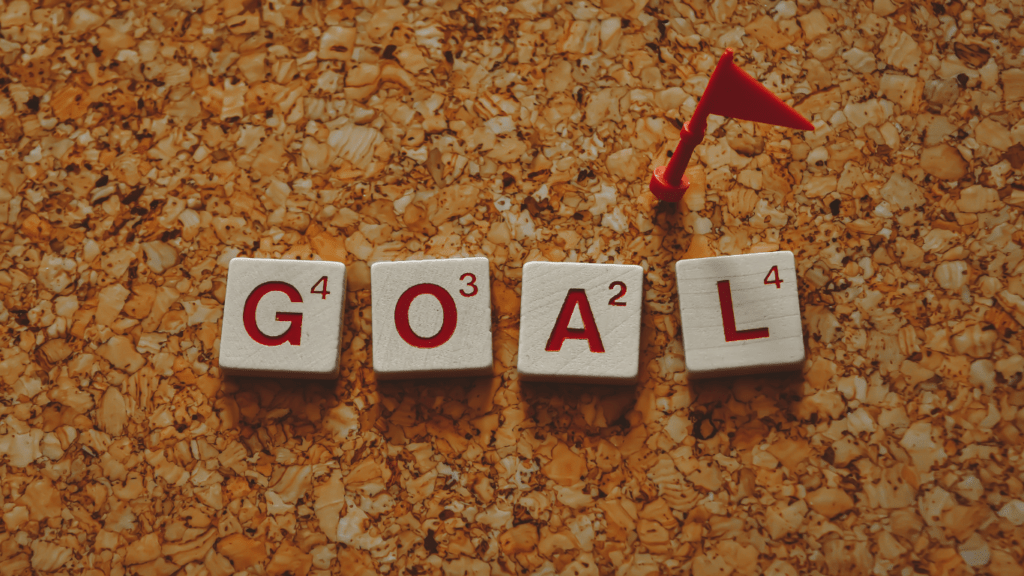In today’s fast-paced digital world, finding moments of peace and mental clarity can be a challenge. As someone who values well-being, I’ve discovered the transformative power of a digital detox for mental health. In this essential guide, I’ll share practical tips and insights on how to unplug, recharge, and prioritize your mental wellness in a tech-saturated society.
From reducing screen time to embracing mindfulness practices, I’ll delve into the strategies that have personally helped me reclaim a sense of balance and inner calm. Join me on this journey to explore the benefits of disconnecting from the digital noise and reconnecting with yourself. Let’s navigate the path to a healthier relationship with technology and a happier, more mindful existence.
The Impact of Digital Overload on Mental Health
Exploring the effects of digital overload on mental well-being is crucial in understanding the importance of a digital detox.
Digital overload can lead to increased stress levels, affecting both our physical and mental health.
Constant exposure to screens and notifications can disrupt sleep patterns, leading to fatigue and irritability.
Moreover, the endless stream of information and constant connectivity can contribute to feelings of overwhelm and anxiety.
By recognizing these impacts, I can take proactive steps to mitigate the negative effects of excessive digital consumption on my mental health.
Benefits of Digital Detox
Incorporating regular digital detox sessions can yield significant benefits for mental health. Below are specific advantages of disconnecting from screens and practicing mindful engagement:
Improved Sleep Patterns
By reducing screen time before bed, I’ve noticed a considerable enhancement in my sleep quality. The decreased exposure to blue light emitted by devices has helped regulate my circadian rhythm, leading to a more restful and rejuvenating sleep experience.
Better Focus and Productivity
Engaging in digital detox has sharpened my focus and heightened productivity levels. By minimizing distractions from constant notifications and online stimuli, I’ve been able to concentrate better on tasks at hand, resulting in improved efficiency and overall performance.
Implementing a Digital Detox Plan
Embracing a structured approach when implementing a digital detox plan is key to effectively reducing screen time and revitalizing mental well-being. By following a few simple strategies, one can successfully navigate the process of disconnecting from digital devices and cultivating a healthier relationship with technology.
- Set Clear Goals: Define specific objectives for your digital detox, whether it’s reducing overall screen time, limiting social media usage, or establishing tech-free zones in your home. Clear goals provide a roadmap for your detox journey and help track progress along the way. Various methods of clear visualization help in defining specific goals. For example, you can write down your goals, turn them into an image using an AI text-to-image generator, and print it out. A constant reminder of your goals will undoubtedly boost your motivation!
- Establish Boundaries: Create designated times during the day when you will be screen-free, such as during meals, before bedtime, or first thing in the morning. Setting boundaries around your technology use cultivates a mindful approach to screen time and encourages present-moment awareness.
- Practice Mindful Engagement: Focus on being fully present in offline activities, whether it’s enjoying a meal with loved ones, going for a walk in nature, or engaging in a hobby. Mindful engagement allows you to savor the moment without distractions from digital devices.
- Prioritize Self-Care: Use the time freed up from digital detox to prioritize self-care activities that nourish your mental and emotional well-being. This can include mindfulness practices, exercise, reading, or spending quality time with friends and family.
- Seek Social Support: Engage with friends, family, or support groups who can encourage and hold you accountable during your digital detox. Sharing your goals and challenges with others creates a sense of community and reinforces your commitment to a healthier tech-life balance.
By implementing these practical steps and staying committed to your digital detox plan, you can pave the way for improved mental health, enhanced focus, and a deeper connection to the world around you. Remember, a digital detox is not about complete avoidance of technology but rather finding a harmonious balance that promotes overall well-being.
Tips for a Successful Digital Detox
Diving into a digital detox journey requires thoughtful planning and dedication. Here are some tips to assist you in achieving a successful digital detox:
- Set Clear Objectives: Start by identifying why you want to detox digitally. Clearly define your goals, whether it’s to reduce screen time, improve sleep quality, or increase productivity.
- Establish Boundaries: Create specific rules for device usage. Designate tech-free zones in your home or establish time slots for checking emails and social media.
- Engage Mindfully Offline: Invest time in activities that don’t involve screens. Enjoy nature walks, immerse yourself in a good book, or engage in hobbies that spark joy.
- Prioritize Self-Care: Focus on self-care activities that nurture your overall well-being. Practice meditation, exercise regularly, get sufficient sleep, and maintain a healthy diet.
- Seek Social Support: Share your digital detox goals with friends or family members. Seek encouragement and accountability from loved ones to stay committed to your plan.
Embarking on a digital detox journey can significantly benefit your mental health, reinvigorate your focus, and strengthen your connections with the world around you. By following these practical tips, you can pave the way for a more balanced and fulfilling tech-life balance.




 Gracenie Stamperon
is a dedicated wellness enthusiast and content creator for My Healthy Living and Strategies, a platform focused on promoting holistic health, balanced living, and personal well-being. Gracenie’s passion for healthy living stems from her lifelong interest in nutrition, fitness, and mindfulness. With a background in health education, she brings a wealth of knowledge and practical strategies to help individuals achieve their wellness goals.
Gracenie Stamperon
is a dedicated wellness enthusiast and content creator for My Healthy Living and Strategies, a platform focused on promoting holistic health, balanced living, and personal well-being. Gracenie’s passion for healthy living stems from her lifelong interest in nutrition, fitness, and mindfulness. With a background in health education, she brings a wealth of knowledge and practical strategies to help individuals achieve their wellness goals.